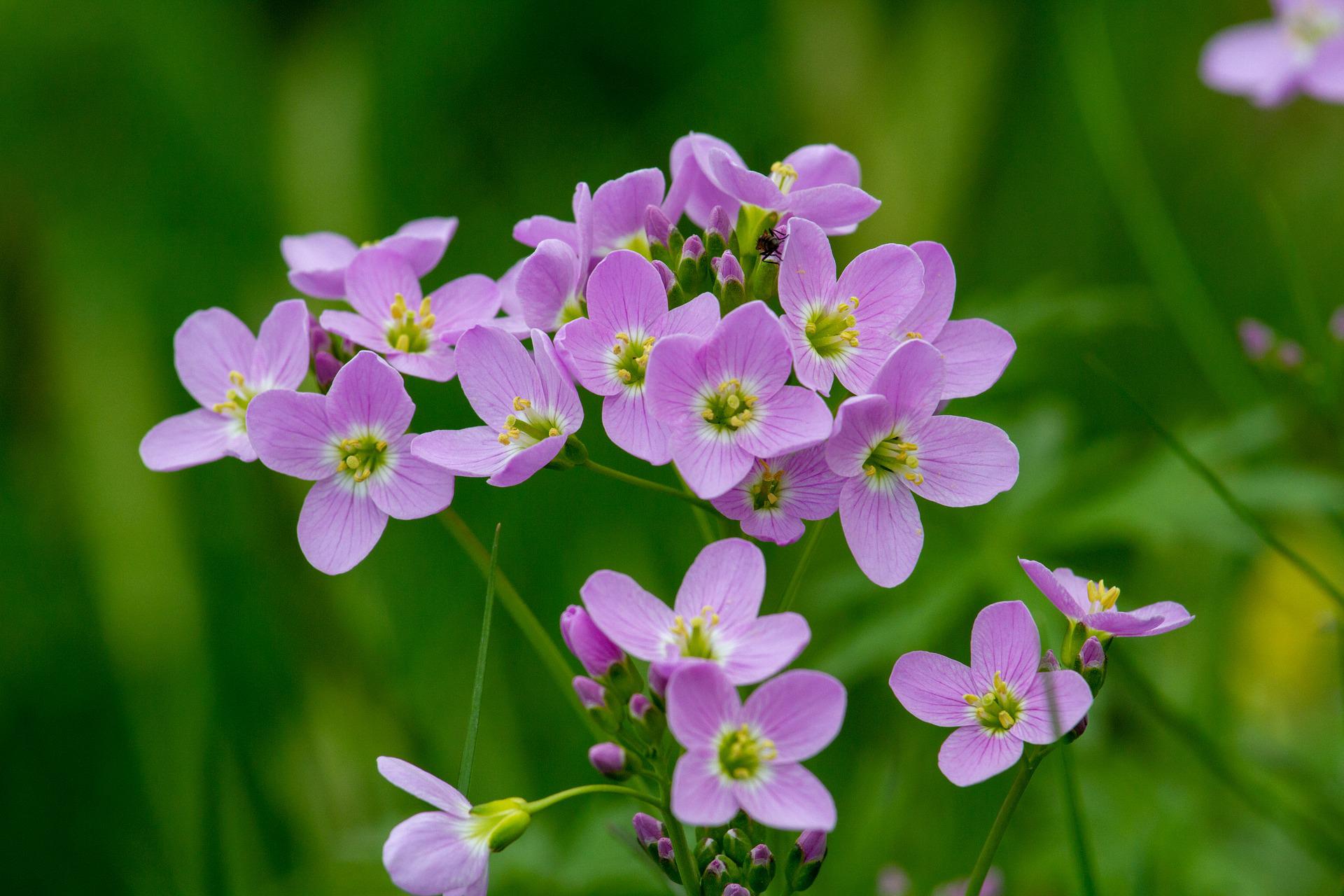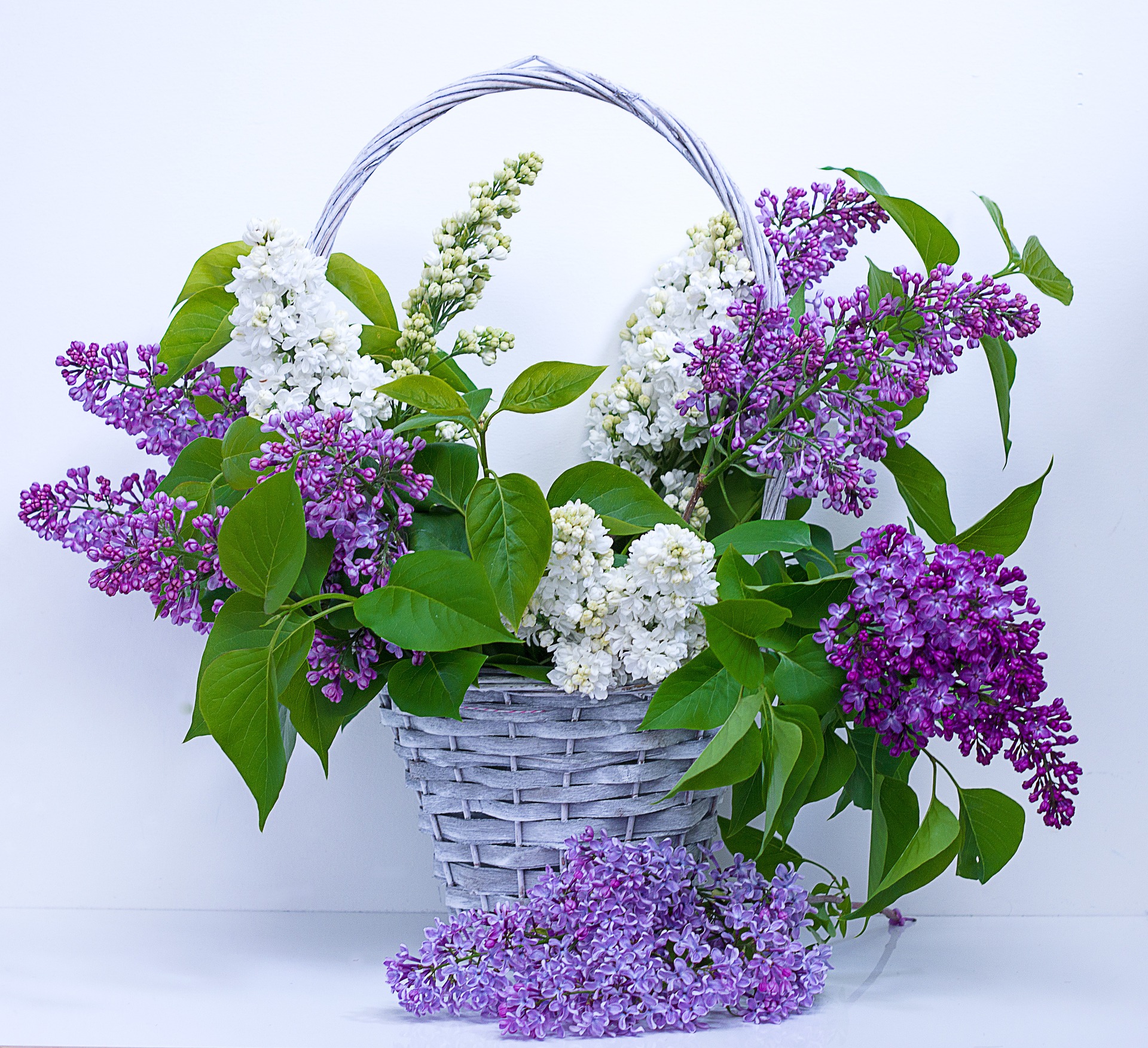Sometimes, the most surprising color combinations can have the best results. If you’ve ever wondered what color does purple and green make when mixed, then you are in the right place.
Mixing these two beautiful colors can have some incredible results, and they work brilliantly when used together as well. In this guide, we will go over some of the ways you can mix and use purple and green together.
We will also have some specific examples you can try as well as some tips and tricks for combining these colors. So let’s begin and discover all of the possibilities of these colors!
How you can mix purple and green?
When you’re mixing any kinds of colors, it’s never as simple as just getting your paint and mixing the colors. There are so many factors to take into consideration when mixing.
First, you should be aware of the kinds of colors that you could possibly get from mixing. In the case of purple and green, the answer to this is not so simple, as the results can vary.
They can vary depending on the shades of colors you use as well as the quantities. You will often get a brown color when mixing these colors, but even that has many possibilities.
For example, if you use a bright green and a dark purple, you will probably get a darker brown with a purple tone.
If you reversed this with dark green and light purple, then the brown might have a greenish tone.
This is something that we will go over and show in more details throughout the guide. Generally, you will get a color mixture by adding one color of a medium to another.
The quantities of each color depend on what you’re looking for. You can use an equal mix of the two colors if you want the result to be a bit more neutral.
But, if you want a brown that leans more towards the green end of the equation, then you will want to use a bit more green than purple.
Color combinations require a lot of practice and trial and error. It’s possible to vaguely predict the outcome, but you will never truly know until you try.
These experiments and trials should ideally not happen on the surface you will be painting or drawing on. Instead, they should happen on a separate surface.
Try to take notes of the different colors and quantities that you use as you go along. That way, when you find the right combination you will be able to recreate it when working on your artwork.
Now, we will next look at whether purple and green are a good combination to mix together.
Are purple and green a good combination to mix together?
Now you may be wondering whether purple and green are even a good set of colors to combine. First, let’s look at what each color actually is.
Purple and green are what we call secondary colors, meaning they are a combination of two primary colors. Purple is created by mixing red and blue.
Green, on the other hand, is made using blue and yellow. So in effect, when you mix purple and green you are essentially mixing all of the colors we just mentioned.
Most paint or coloring sets will include purple and greens, but some artists recommend making these colors yourself so you have more control.
Certain shades of purple and green are opposite each other on the color wheel, making them complementary colors.
They’re not always complimentary, however, and it does depend on the shades.
Regardless, this means that these colors bring out the best in one another. Complimentary colors tend to make each other look brighter and more vibrant, so using them together is a good look more often than not.
When it comes to mixing purple and green, you may not always land up with an exciting or notable color. As we mentioned, you will usually get some kind of brown, green or purple color.
That’s not to say that these can’t be useful colors! When you are creating your artwork, you will often find uses for these kinds of mid-tones.
That is something that we will cover later when we go over a few of the ways that you can use purple and green.
For now, you can definitely see purple and green as a combination with many possibilities.
In the next step, we will look at some of the results you can anticipate while giving you some examples to look up.
What results you can expect?
We’ve told you a bit about the results you can get from purple and green, and now we would like to show you some of these results. To do this, we will be using color hex codes.
Each shade of color has its own hex code that you can enter online on a search engine. We will be showing off a few combinations you can try and look up for yourself in this step.
It’s safe to assume that mixing two lighter shades will give you a light result. Let’s illustrate this with a combination.
For purple, we will be using #E41BB2, which you can see is a beautiful and vibrant purple. For green, we will be using #00F50C.
As you can see, these are both light and vibrant shades that we will be mixing. When mixed together, you get the fairly neutral color of #7F8D6C.
For this result, we are assuming that the quantity of each color mixed was even. The result is a brownish color with heavy green undertones.
Next, let’s try one dark color and one light to see what happens. We will use a dark purple with #570041 and a light green with #8FFA94.
This gives us the color of #BA8BA3. As you will see if you look it up, this is a more neutral brown that doesn’t lean too hard to either green or purple.
The darker color overpowered the lighter one, and this is something to remember, as this will usually be the case. Of course, it does again depend on the quantity of colors used.
We will be showing you how to get the color tones you want later on in the guide, though. For now, try to remember the basics of color mixing as you play around.
One thing to remember is that one color can overpower the other if it’s much darker or used in greater quantity.
If you have a small blob of dark purple and a big blob of neon green, then in that case the darker color will be lost.
It all makes sense if you think about it! When you remember these little rules, you will be able to better anticipate the results you may get.
That guesswork will only get you so far, though, and that is why experimentation is so important.
Best uses for purple and green mixes
You may be wondering what some of the best uses for purple and green are, and that is what we will look at next. First, you could break down what each individual color can be used for.
Purple is a color that in nature can be found in flowers, plants, bird feathers and some animals to name a few. It is also an evocative color often associated with love and affection.
Green is even more prominent in nature settings. It is seen in grass, leaves and many kinds of plants. Sometimes, you may even see purple and green in nature together.
One example would be with the lavender flower which has beautiful purple with green stems. When you start to mix these colors, you can also get many results that would look great in a nature setting.
This can depend on the kind of picture you are trying to create. With some of the shades of green you can get, they would also be useful for portraying soldier uniforms, for example.
In terms of design, purple and green can also be used together. This could be for graphic designs or even interior decor and painting.
So this shows that while purple and green may not result in flashy colors, the mixture still has many uses for both natural settings and other kinds of design.
As we mentioned, purple and green are colors that enhance each other when used together. Especially if the colors are brighter, they will make each other look even more vibrant.
This is very helpful if you wish to create images that really catch the eye and look bright.
We have determined that this color combination can look great together, but how can you make sure you get the results you need?
In the next step of our guide, we will finish off by showing you how you can change the colors to make exactly what you need.
Now that you know some uses for these colors, you can have some of these uses in mind as you look into making specific colors.

Lighter and darker purple and green mixes
Now, we will look at some of the ways you can create light and dark purple and green mixes.
We will again be providing some hex codes so that you can follow along and see the examples we provide for yourself.
As we mentioned earlier, mixing light and dark colors can have different results. Also, darker colors have a tendency to overpower and consume lighter colors.
Let’s show another dark and light mix. We will show a dark green, #026100 mixed with a light purple in #E4B3FF.
If you look up these colors, you will see we went with some extreme dark and light colors. This results in the color of #738A80.
Again, this is assuming equal quantities of the colors. You will see that because the green was so dark, the brown we end up with has more of a green quality to it than purple.
If you mixed these colors but need a brighter green, you could add some white to make it lighter. On the other hand, black paint would make it darker.
White and black are not the only colors you can use for lighter and darker tones. For example, you could add some yellow to make the green lighter and more vibrant.
It all depends on the kinds of colors you need for the picture you are painting. When looking at your subject, try your best to identify not just the colors but the color tones.
For instance, a green leaf may have a reddish tint to it. Then, if you mix purple and green you may be close but not quite at the color you need.’
That’s when you could add small amounts of red or maybe a richer purple. These additions should be done in moderation as you don’t want to go too far and completely change the mix.
With these tips and a bit of experimentation, you will easily be able to make any colors and tones you need for your masterpiece!
In summary
That brings you to the end of this guide where we aimed to answer the question of what color does purple and green make when mixed.
Not only this, but we hope you also see how these colors can be used in conjunction for many facets of design. Remember that mixing them will tend to give you a brown color as a result.
This can be influenced depending on the shades and quantities you choose, so be sure tp play around with it and see what happens!
We are sure you will be able to create some amazing colors with these combinations.



